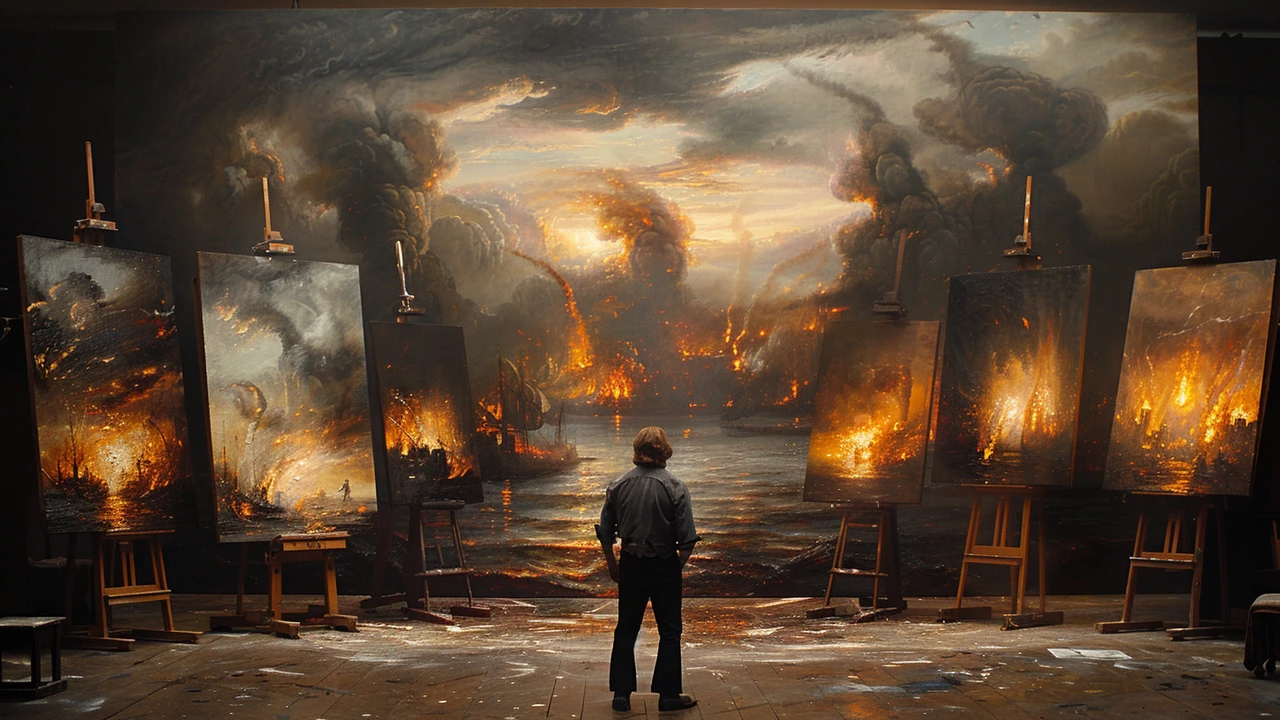Impact: How Art Shapes the World Around You
Art isn’t just for galleries. It changes how we live, work, and think. From Bauhaus furniture in your living room to murals that turn a block into a destination, art movements create real, measurable effects. Here’s a clear look at where that impact shows up and how you can use it.
Where you see art's impact
Cities wear art on their sleeves. Land art and large installations reshape parks and plazas, turning empty land into places people want to visit. Public works influence foot traffic, boost local businesses, and invite social gatherings. Futurism and smart-design ideas guide how planners think about mobility and tech in cities—making streets safer or more fun.
Design and everyday objects carry artistic ideas too. Bauhaus and De Stijl taught designers to strip away clutter and make things useful and beautiful. That’s why modern chairs, logos, and websites still use simple lines, grids, and clear type. Even photorealism and installation art change expectations: advertising, film sets, and virtual worlds borrow techniques to make scenes feel real or deliberately surreal.
Culture and identity shift because of art. Movements like the Harlem Renaissance or Constructivism didn’t just make pictures—they changed public conversations about race, politics, and national identity. Fluxus and Expressionism pushed performance and emotion into day-to-day life, influencing how people express protest, joy, or memory today.
How to use art's impact today
Want to make art work for you or your community? Start specific. If you’re a city planner, brief artists early—site-specific land art boosts safety and community pride when it’s part of planning, not an afterthought. Homeowners can borrow Bauhaus ideas: choose furniture that solves a need and looks clean. Small budgets benefit from bold color or a single sculptural piece rather than many small items.
For brands and creatives: study a movement before borrowing its look. De Stijl’s grid can improve readability; photorealism can raise expectations for visual fidelity in product shots. Use contrast and scale—large, simple elements draw attention faster than tiny detailed pieces.
Teachers and community leaders: use art projects to teach history and social change. A mural or pop-up installation gets people talking about local issues, identity, and shared history in ways that lectures don’t. Encourage collaboration—art that involves the community builds lasting value.
Finally, think about sustainability and tech. Futurism’s optimism meets real-world needs when combined with green materials and interactive tech. Interactive installations can collect feedback, guide visitors, or teach a message while also being eco-friendly.
Art’s impact is practical: it directs movement, shapes taste, and changes conversations. Look for where people gather, where decisions get made, and where visuals influence behavior—there you’ll find art at work. Try one small change this month: commission a local artist, swap a piece of furniture for a simpler one, or add a mural to a blank wall. You’ll see how quickly art shifts a place or idea.

